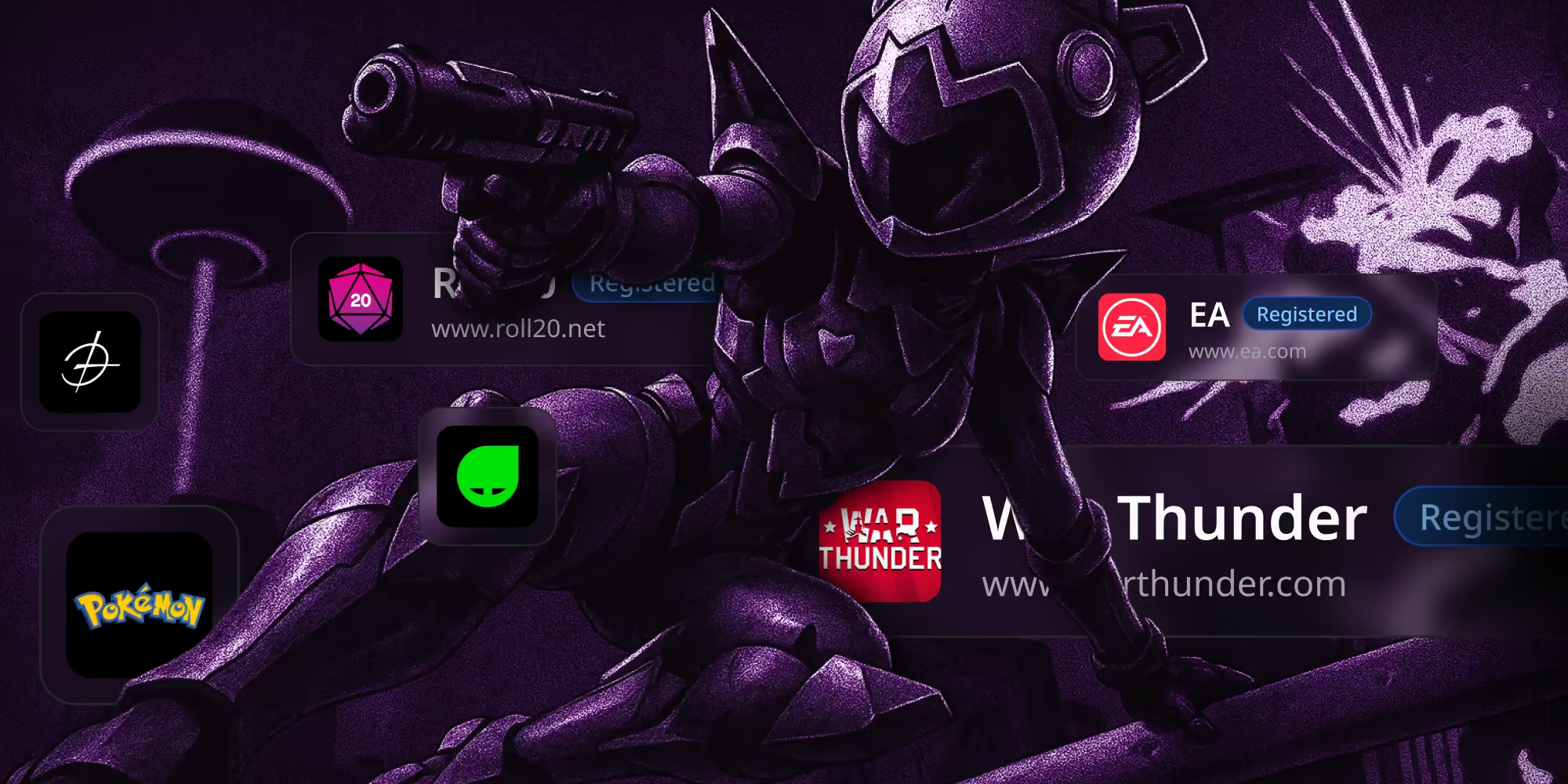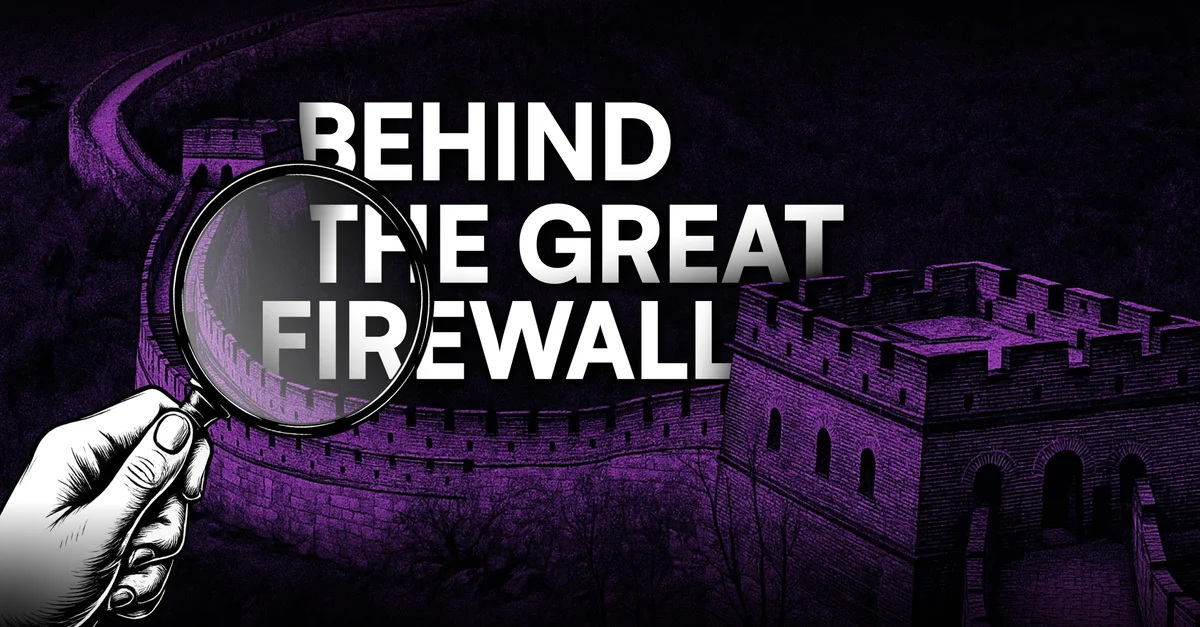When you’re setting up an OSINT investigation, it’s natural to seek out the usual suspects first: email address, social media profiles, or even phone numbers. They’re the standard entry points for OSINT work for a reason, because they pretty much guarantee quick results. But with over 1.7 billion global gamers, there’s another data point that investigators increasingly can’t afford to overlook: gaming OSINT.
Right now, 80% of internet users also use their devices for online gaming; that means 80% of netizens also have a gaming profile chock-full of valuable OSINT data. With the right OSINT gaming tools, a username from Xbox Live, PlayStation Network, Steam, or even Discord could be bore than just an alias for online play. A gamertag could get you connected to your target’s forum posts, social network profiles, streaming platforms, and more. A gaming handle is often a persistent cross-platform identity - a Google-login-style nexus that you can use to build a clear profile of their target.
In the past, a gamertag would have seemed irrelevant to your investigation; but now, gaming OSINT is one of the fastest-moving areas in open-source intelligence. From Discord servers to in-game chat logs, there are loads of spaces to start working. So whether you’re investigating extremism, locating a fraudster, or just creeping on your esports opponents’ profiles, this guide will show you how OSINT on gaming platforms can help you connect the dots. Let’s get into it.
What Are Gaming OSINT Tools?
First, the basics. If you’re reading this, you probably already know what OSINT (open-source intelligence, in technical terms) is: anything that involves extracting insights from publicly available online data. The specific terms for different types of OSINT work usually change depending on the type of data you’re working with: for example, SOCMINT (social media intelligence) works with social media content, whilst GEOINT (geospatial intelligence) uses maps and satellite imagery.
Gaming OSINT is just OSINT with gaming data. In this case, “gaming data” includes everything publicly available online that’s related to games, and gaming identities. OSINT for games analyses the data spread by a specific user across multiplayer platforms, esports arenas, and more. We’ve spoken before about the power of Google accounts (accessible, ubiquitous, and a useful way to connect multiple online identities); gaming accounts function in the same way. A player may reuse their tag across multiple platforms, or even directly link it to social media. This makes gaming OSINT a powerful entry point into larger investigations.
In practice, this means tools and techniques that can uncover:
- Other accounts tied to the same gamertag
- Connected social media profiles and Discord servers
- In-game behavior patterns, stats, and playtimes
- In-game marketplace trading activity
- Mentions in forums, chats, and community spaces
- Data breach leaks containing the username or linked email address
By automatically scanning and aggregating this data into a single dashboard, modern OSINT platforms like OSINT Industries make gaming OSINT easier than ever. Instead of wasting hours digging through servers and message boards, you can instantly see how a gaming identity connects to the wider online world - and the real-life person behind it.
How Gaming OSINT Works
So how does it work? Well, investigating a gaming profile is slightly different to investigating an email or phone number; the data points you’re looking for will change slightly, and yield different results. Luckily for you, that means they’ll also give you new leads to work on. Here’s what to look for in gaming OSINT, and what you can get from it.
Gamertags: A gamertag is the in-group gaming term for a username, used to identify each player online. Many players will deliberately recycle their gamertag, to make it easier for their online friends to identify them cross-platform. This means a gamertag can also allow you to trace a target across the net; using their most commonly used gamertags as a nexus, you can branch off to social media profiles, forum posts, streaming accounts, and even an email address.
In-Game data: Some games (Fortnite, for example) rank all their players with public stats, and every game leaves a match history. Similarly, Playstation accounts will sometimes publish data about the games a target plays, and how long they spend playing them - even which region or language they use.
Community Traces: Gaming forums, subreddits, and Discord servers (more on those later) usually aggregate posts by a specific gamertag, making it easy to see what your target has been saying. Subreddits can be used to verify a target’s gaming preferences, or become a stepping-off point for their wider online activity. Meanwhile, in forums or Discord servers, you can see who they’ve been communicating with - it’s a great way to uncover known associates.
Want to know more about OSINT on Reddit? Check out our guide to r/OSINT: How OSINT on Reddit Can Find Emails, Phone Numbers and More
Streaming and Content: Many gaming-related platforms also allow players to host user-generated content. This can be anything from screenshots to streams, or even slightly cringy edits of your avatar doing badass stuff. As well as scanning this content for clues, don’t forget to check your target’s Twitch and YouTube gaming channels. Streams - especially if they’re long-form - can show you what your target does with their day, and even reveal any real-world identifiers they’ve accidentally let slip.
Once you know what you’re looking for, the gaming OSINT process works just like other OSINT investigations: start with one data point, follow each open lead, and gradually build a more complete picture. Simple.
OSINT Games: Techniques and Tools
Now it’s time to run our OSINT games investigation. Let’s walk through some proven pro tools and techniques specialized for gaming OSINT.
1. Username Pivoting
First, check that gamertag. Gamertags are second only to Google logins when it comes to username pivoting. Plug your target’s gamertag into OSINT Industries, and find out which services are connected to that name. Then, pivot your investigation along that axis, checking out each connected account, alias, and profile that original tag brings up. This should bring you loads of new leads to work on.
2. Cross-Platform Correlation
Gaming accounts are often linked - many companies, from EA to Nintendo, will encourage their players to link the same account to share progress across multiple services. Sometimes they’ll even offer incentives to do so; even old-school defunct gaming sites like Neopets will still offer you a prize for linking a new account. This extends even further when you factor in native apps for gaming systems, like Playstation Plex or Spotify. Checking these linked services can quickly expand your dataset.
3. In-Game Intelligence
In games with public leaderboards (like Fortnite, Valorant, or Call of Duty), players often leave behind serious amounts of performance stat data. In-game activity data will also give you team affiliations, online friends and even regional data - which region they play in, who they’ve traded with, who they’ve spoken to, what language they prefer, etc. Often, in-game communication will be slangy and highly localised; ideal for pinpointing where your target’s at.
4. Visualization Tools
Visualization tools - like OSINT Industries Palette - are powerful for pretty much every variety of OSINT work. However, they lend themselves particularly well to gaming OSINT. Doing OSINT on gaming can bring you data that’s spread across countless platforms and programs. Palette will help you straighten out all the threads, building a clear, concise, full-sourced evidence board that covers every aspect of your target’s online gaming activity. On top of this, OSINT Industries platform has modules for even the most out-there evidence sources, saving you the effort of learning how to use each one.
… And Don’t Forget Discord OSINT
Discord has become the default community platform for gamers worldwide. Millions of users join servers to chat, trade, stream, and collaborate - making it a rich source of OSINT data.
Unlike traditional gaming profiles, Discord is both a messaging platform and a social hub. That means Discord OSINT often reveals more about a person’s social circles than their gaming habits alone. For intrepid OSINT investigators, this dual-purpose identity makes a Discord handle a killer lead.
To start off, begin by looking at the basics: profile pic, user ID (aka gamertag), status, and server memberships. Even without admin access (or being cool enough to be admitted to their super-secret server), you can often see what communities someone belongs to. Combine this with historical username lookup, and you’re golden.
Discord OSINT is so good, it deserves its own guide. Check out:
OSINT on Discord: How to Find Discord Emails, Phone Numbers, and More


